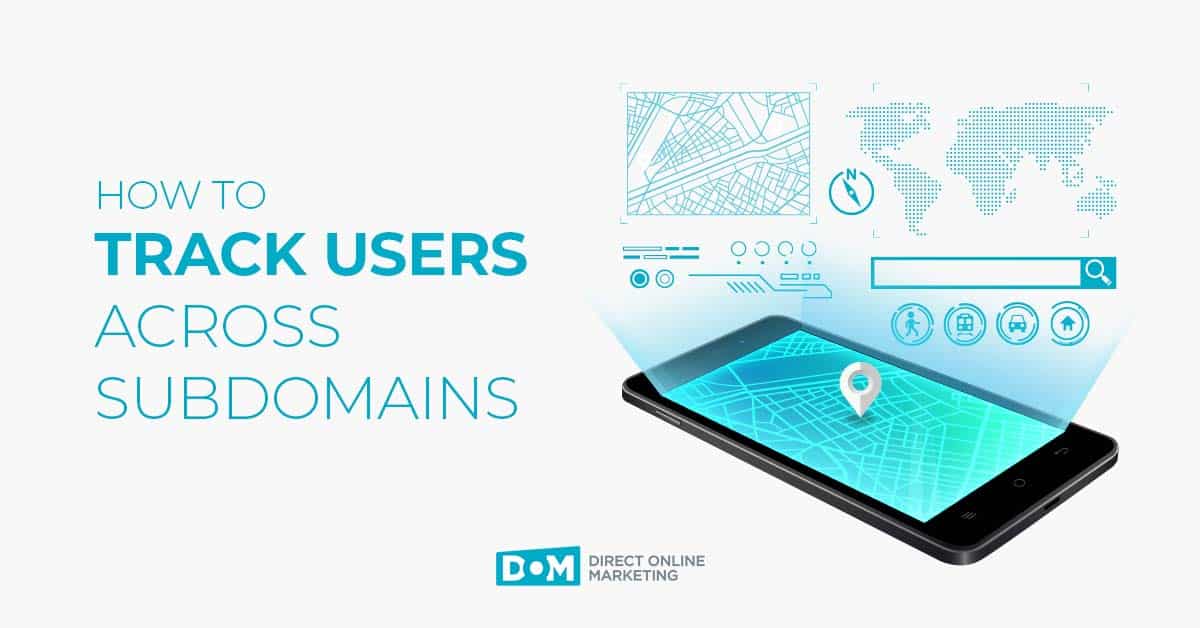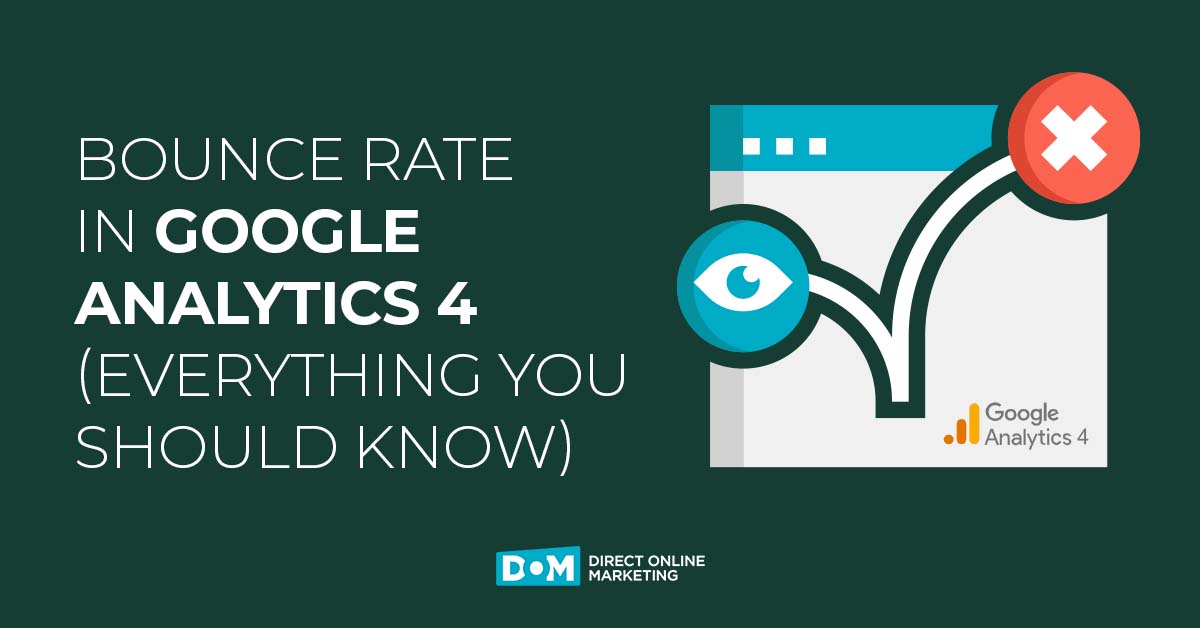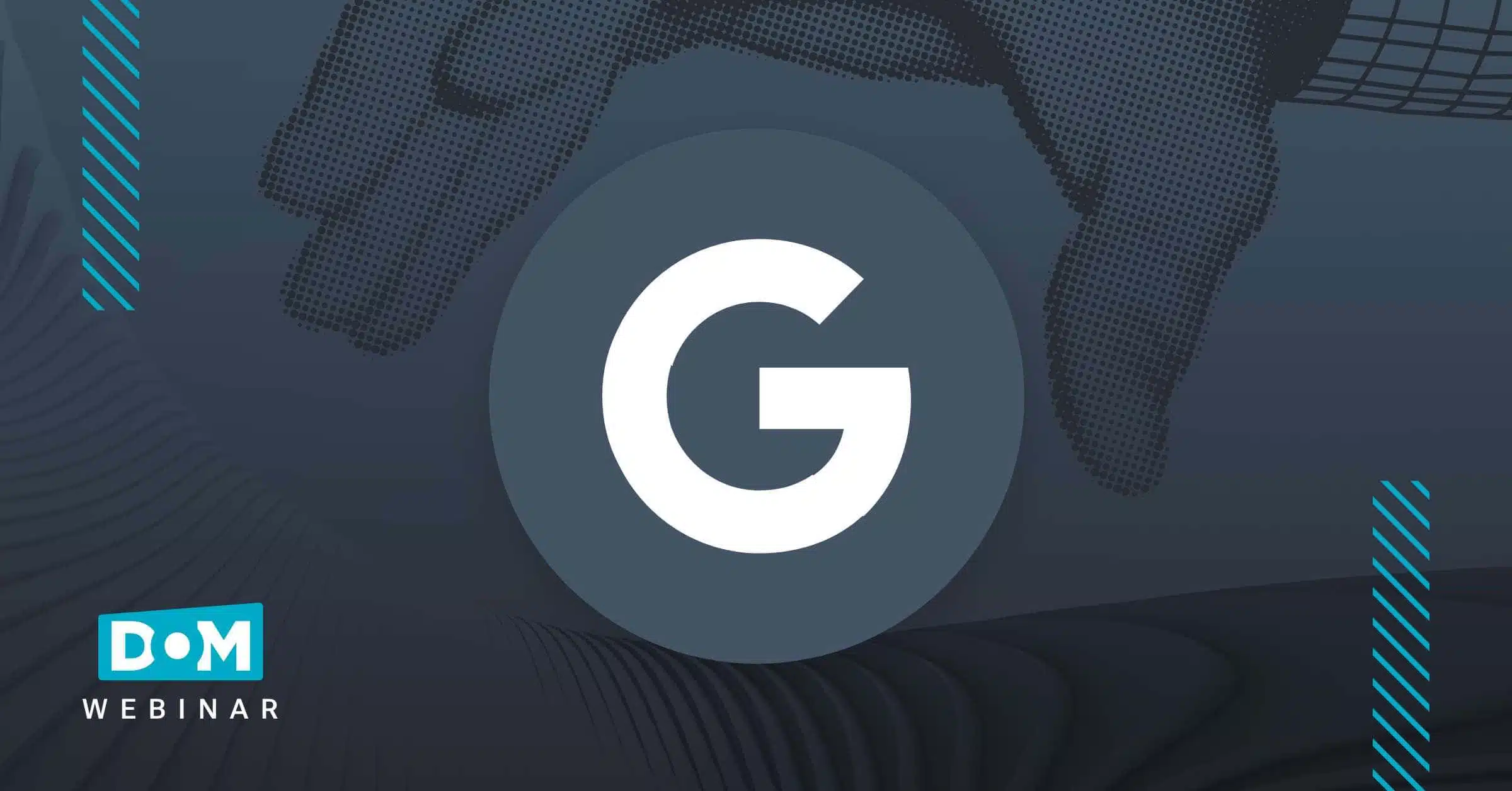More useful: iPad or eyepad?
Apple has performed a great service for those of us who have ruined our eyesight using their iPhone and iPod Touch late at night under the bed covers with the iPad. It’s like the large print hard back novel you get in libraries for senior citizens.
Forget about the puerile derision and scorn poured upon the device all over the Web yesterday during its announcement pertaining to high-tech feminine hygiene. That’s so high school.
I remember fondly the Christmas before last my 90 year old grandmother and three year old niece taking turns on my iPod Touch needing little or no explanation as to how to use it having never set eyes on one before.
These devices, along with Google’s mobile platform, Android, and Microsoft’s rumored Zune phone as part of its three screens and a cloud strategy point to a great opportunity for small businesses on small devices and local SEO.
While Google may be trying to save itself a bit of money cutting down on server bills by announcing that Website load times will be taken into account as part of its ranking algorithm, it makes sense to look at it from the angle of Google being able to serve ads more quickly and efficiently via mobile devices. Google tends to advise on Webmastery as opposed to forthright recommendations, but there’s little to be left to the imagination as far as its ideas on site speed are concerned.
Google makes its money as an advertising company via Adwords, which need to be rendered via sponsored listings but also via content through Adsense. Google makes less money if its content ads can’t be delivered due to truly appalling site load times on mobile devices.
In essence, a quicker delivered Web experience is a better one – especially if you want click throughs on ads.
Besides ad delivery, local businesses now have potential customers with extremely smart phones roaming about their neighborhoods. Say you have an iPhone or an Android powered device that has GPS, Google maps and free turn-by-turn navigation. You’re driving or walking round a town or city and fancy a bite to eat. By typing in restaurant plus location, you should be able to find local listings and PPC ads.
However, that still doesn’t truly help you find out if the restaurants are worth eating at. Nor will it serve up a 2-for-1 entrée coupon. But, if you’ve optimized (read: filled out) your local business listing correctly then you have the option to offer coupons as part of your local listing. Also, because you’ve filled it in (read: optimized) your local listing properly, it should appear somewhere in the first ten local listings.
With the turn-by-turn GPS offered for free by Google a customer can then find click on directions in your local listings and off they go for lunch.
In the not too distant future, a customer should be able to make similar snap decisions by using Google Goggles (visual search). They might be walking round town and come across an eatery. By pointing their device’s camera at its façade, Google should be able to pull up that local business listing along with coupons, menus and anything else the proprietor deems useful. It should also be able to find other restaurants or similar businesses in the local area.
Suddenly it becomes a good idea for you to have geo-tagged images of your store front uploaded to your local business listing as well.
You could argue that Google not only wants quicker sites, but wants rid of them altogether as it pulls only the truly relevant information it needs to for whatever type of enquiry or search the user is trying to perform. SEO is becoming more nuanced, more fragmented and more mobile.
Granted, it’s all still very much in its infancy, but it’ll be out of its diapers extremely soon and walking and talking before you know it.
It’d be a shame to miss it growing up – along with your business!
To get more information on this topic, contact us today for a free consultation or learn more about our status as a Google Partner before you reach out.


